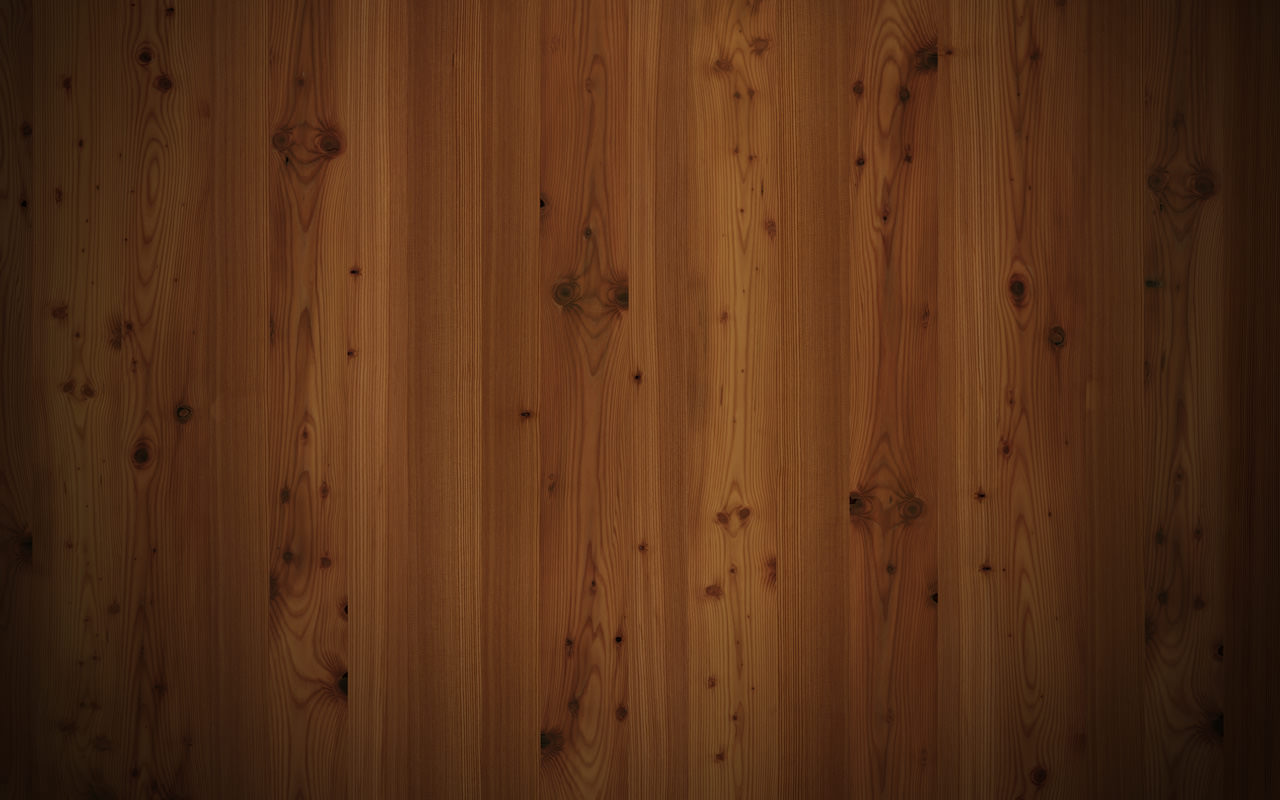
 www.entnet.org
www.entnet.org
127
immobilization. Other causes include infection, inaccurate reduction,
and lack of contact between fragments, traumatic ischemia, and
periosteal stripping.
Alcoholism is a major contributor to both delayed union and nonunion,
combined with poor compliance, poor nutrition, poor oral hygiene, and
tobacco abuse.
Treatment of delayed union and nonuntion includes identifying the
cause, controlling infection, surgically debriding devitalized tissues,
removing existing hardware, refreshing the bone at fracture ends,
reestablishing correct occlusion, stabilizing segments with a 2.4 locking
plate, and grafting autogenous bone.
D. Malunion
Malunion is the improper alignment of the healed bony segments. It is
caused by improper reduction, inadequate occlusal alignment during
surgery, imprecise internal fixation, or inadequate stability of the
fracture site.
Not all malunions are clinically significant. When teeth are involved in
the malunion, a malocclusion may result.
Treatment of malunion often requires identification of the cause, and
then orthodontics for small discrepancies or an open surgical approach
with standard osteotomies, refracturing, or both.
63
E. TMJ Ankylosis
Ankylosis is a process where the mandibular condyle fuses to the
glenoid fossa. It results from intra-articular hemorrhage, which leads to
joint fibrosis and eventual ankylosis. Ankylosis may also cause underde-
velopment due to injury of the mandibular growth center.
Ankylosis can be prevented by using shorter periods of MMF (2–3
weeks) and physiotherapy. Treatment may require additional surgery
in the form of a gap arthroplasty or total alloplastic joint replacement.
F. Trigeminal (Fifth) Nerve Injury
The fifth nerve, or inferior alveolar nerve and its branches, is the most
commonly injured nerve in mandibular fracture. The deficit is numbness
or other sensory changes in the lower lip and chin. Most of the sensory
and motor functions of these nerves improve and return to normal with
time. Iatrogenic injury must be avoided when treating fifth nerve injury.
G. Facial (seventh) Nerve Injury
Seventh nerve assessment in the severely traumatized patient may be
difficult if the patient is obtunded and facial nerve testing is limited to










